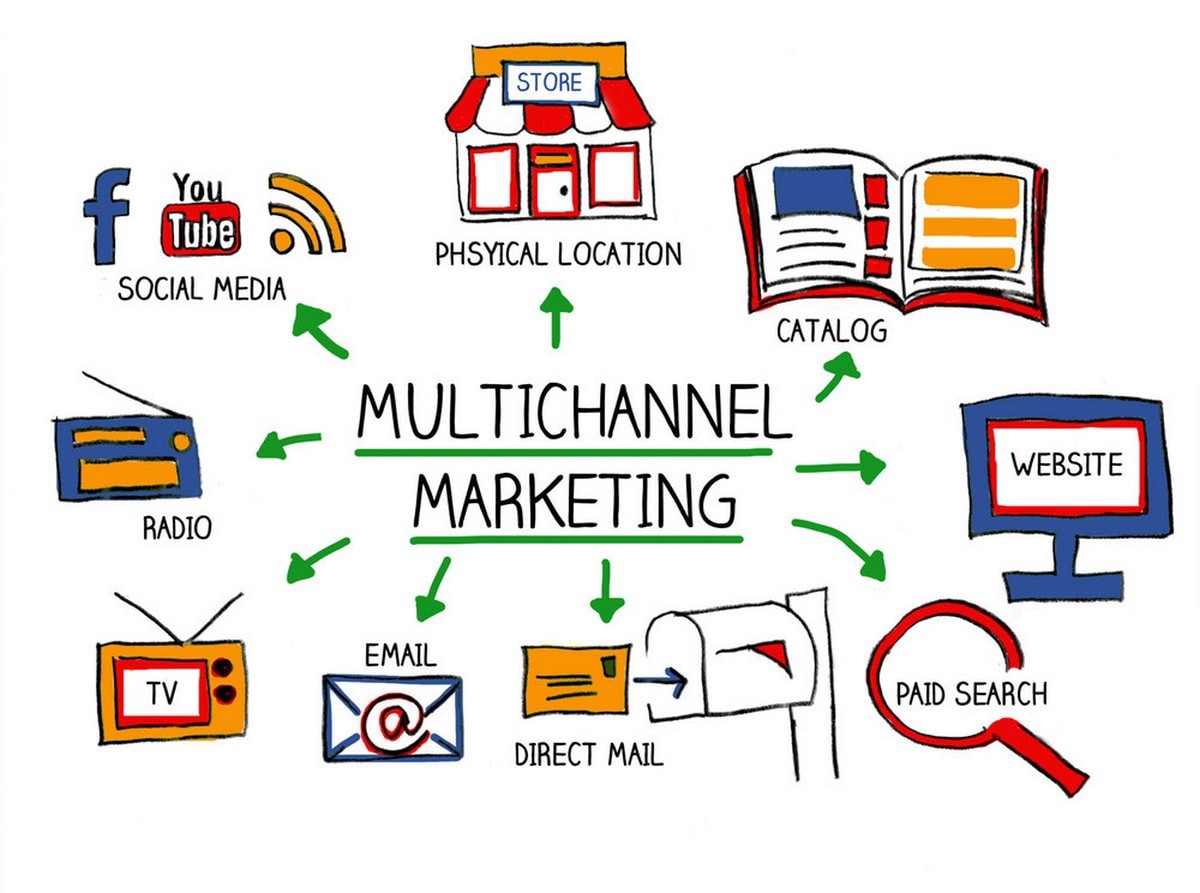Self-publishing offers a flexible and accessible way to share your writing with the world, putting creative and business decisions directly in your hands. From initial concept to global distribution, here’s a step-by-step guide to self-publishing your book.
1. Develop and Refine Your Manuscript
Before considering publication, ensure your manuscript is complete and thoroughly edited. Spend time on structure, clarity, and flow to deliver a compelling story or well-organised content. Consider hiring a professional editor to help with developmental, copy, or line editing for a polished finish.
2. Design a Professional Book Cover
First impressions matter, and a professionally designed cover is essential to attract readers. Your cover should be genre-appropriate, visually appealing, and readable at thumbnail size. If you’re not a designer, platforms like Fiverr and 99designs offer affordable, high-quality cover design services.

3. Format Your Manuscript
Proper formatting ensures your book reads smoothly and looks professional across different devices. Many authors use tools like Scrivener, Vellum, or Reedsy Book Editor to format for print and digital formats (e.g., EPUB, MOBI, PDF). Follow specific guidelines for each platform to avoid formatting issues during the publishing process.
4. Choose a Self-Publishing Platform
Several platforms make self-publishing straightforward, each with unique advantages. Some popular platforms include:
- Amazon Kindle Direct Publishing (KDP): Offers both eBook and print options with access to Amazon’s extensive customer base.
- IngramSpark: Allows distribution to major retailers and libraries, especially for print books.
- Apple Books, Kobo, and Google Play Books: Useful for eBook distribution beyond Amazon’s ecosystem.
Most platforms allow you to retain the rights to your work and offer options for wide distribution or exclusive programmes.

5. Set Your Book’s Price
Pricing your book is a strategic step in self-publishing. Research comparable books in your genre to set a competitive price point. Many authors experiment with lower prices for eBooks to attract new readers, while pricing print versions slightly higher due to production costs. Platforms like KDP provide royalty calculators to help you estimate earnings based on different price points.
6. Upload Your Book and Meta-Data
Once your manuscript is formatted and priced, upload your file along with essential metadata like your book’s title, author name, description, keywords, and categories. Crafting a compelling book description and choosing relevant keywords will make your book more discoverable, drawing the attention of potential readers.

7. Plan and Launch Your Marketing Campaign
Marketing is key to building your readership. Start by creating an author website, building a mailing list, and leveraging social media to connect with potential readers. Consider using:
- Amazon Ads or Facebook Ads: Targeted advertising to reach your audience.
- Goodreads: Engaging with readers through giveaways and reviews.
- Email Marketing: Connecting with readers through newsletters and updates on upcoming releases or promotions.
A successful marketing strategy often involves multiple channels and a consistent presence to drive book visibility.
8. Monitor Sales and Gather Reviews
After launch, track your sales and encourage readers to leave reviews, as these build credibility and influence potential readers. Most self-publishing platforms offer reporting tools that allow you to see how your book performs. Positive reviews are invaluable, as they help attract more readers and signal quality.

9. Consider Publishing Additional Formats
Expanding your book’s availability across multiple formats can boost reach and revenue. Many authors release audiobooks or hardcovers as an additional income stream. Services like ACX and Findaway Voices make it easy to produce audiobooks, while IngramSpark offers hardcover printing options.
The Takeaway
Self-publishing is an empowering journey that lets you bring your creative work to the public on your terms. By following these steps, from manuscript preparation to marketing and sales tracking, you can navigate the self-publishing process with confidence. With persistence and a focus on quality, you’ll be well on your way to publishing a book that resonates with readers worldwide.







